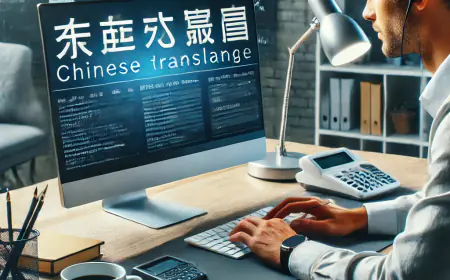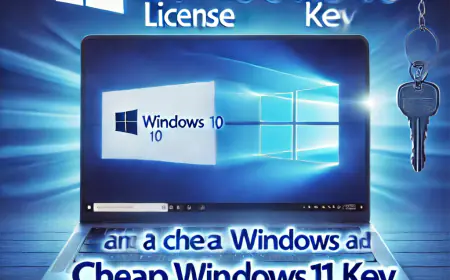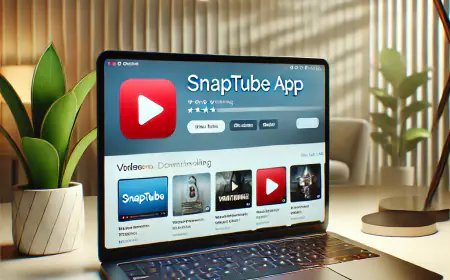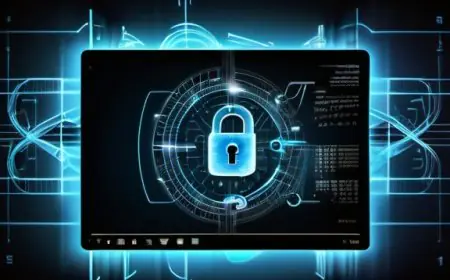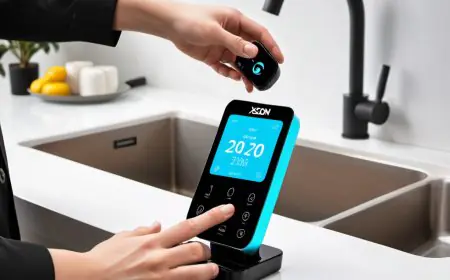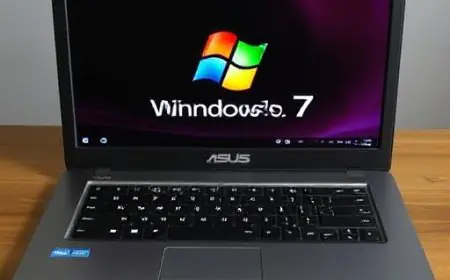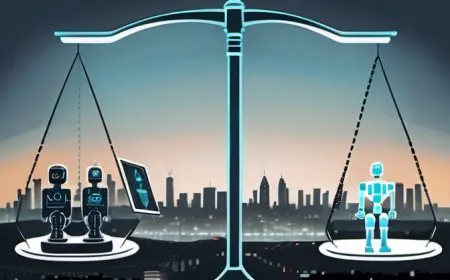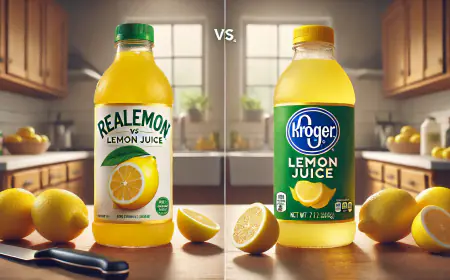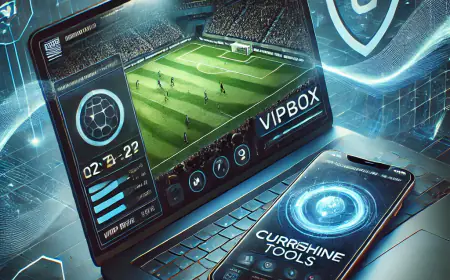How to Optimize Video Streaming Performance for Low Latency
In today’s digital world, video streaming has become an integral part of entertainment, education, gaming, and business communication. Whether you are streaming live sports, hosting a virtual event, or providing on-demand video content,

In today’s digital world, video streaming has become an integral part of entertainment, education, gaming, and business communication. Whether you are streaming live sports, hosting a virtual event, or providing on-demand video content, optimizing video streaming performance for low latency is crucial. Users expect a seamless, buffer-free experience, and even a slight delay can negatively impact engagement. This blog will explore the best techniques to optimize video streaming for low latency and ensure an enhanced user experience.
Understanding Video Latency
Latency in video streaming refers to the delay between the moment content is captured and when it is displayed on the viewer's screen. High latency can cause lags, delays, and buffering issues, especially in live streaming applications. Typically, latency can be categorized as follows:
-
High Latency (30+ seconds): Suitable for on-demand content but unacceptable for live interactions.
-
Medium Latency (5-30 seconds): Used in standard live broadcasts but may not be ideal for real-time applications.
-
Low Latency (1-5 seconds): Ideal for gaming, virtual events, and live sports.
-
Ultra-Low Latency (<1 second): Essential for interactive applications like online gaming, video conferencing, and stock trading.
A professional video streaming app development company ensures that latency remains minimal while maintaining high-quality streaming performance.
Key Techniques to Optimize Video Streaming for Low Latency
1. Choose the Right Streaming Protocol
Different streaming protocols impact latency and overall performance. Selecting the right protocol is key to reducing delays.
-
Real-Time Messaging Protocol (RTMP): RTMP is widely used for live streaming but introduces moderate latency due to server processing.
-
Web Real-Time Communication (WebRTC): WebRTC offers ultra-low latency (<1 second), making it ideal for real-time applications such as video conferencing and gaming.
-
HTTP Live Streaming (HLS): HLS is widely adopted but has higher latency (5-30 seconds). However, Low-Latency HLS (LL-HLS) helps reduce delay.
-
Secure Reliable Transport (SRT): SRT enhances video quality while maintaining low latency, making it a good choice for professional broadcasts.
For applications requiring near-instantaneous streaming, hiring mobile app developers experienced in WebRTC and LL-HLS can ensure an optimal solution.
2. Optimize Video Encoding and Bitrate
Encoding plays a crucial role in reducing latency and maintaining a smooth streaming experience. Implement the following strategies:
-
Use Efficient Codecs: H.264 and H.265 (HEVC) offer a good balance between compression and quality.
-
Adjust Bitrate Dynamically: Adaptive bitrate streaming (ABR) adjusts video quality based on user network conditions to minimize buffering.
-
Reduce Keyframe Interval: Shortening the keyframe interval helps reduce the time required to process video chunks.
3. Implement Content Delivery Networks (CDNs)
A Content Delivery Network (CDN) distributes video content across multiple servers worldwide, reducing latency by serving content from the nearest location.
-
Benefits of CDNs:
-
Faster content delivery
-
Reduced server load
-
Improved buffering performance
Collaborating with a video streaming app development company that integrates CDNs ensures a reliable streaming experience for users across different regions.
4. Reduce Buffering Through Low-Latency Streaming Techniques
Buffering delays often lead to higher latency. Using the following techniques can help minimize buffering:
-
Chunked Transfer Encoding: Instead of sending entire video segments at once, chunked transfer encoding breaks video files into smaller pieces, reducing load times.
-
Low Buffer Thresholds: Adjusting buffer settings ensures minimal preloading, helping achieve low-latency streaming.
-
Fast Reconnection Mechanisms: Implement reconnection strategies to handle network disruptions without causing stream interruptions.
5. Use Edge Computing for Faster Data Processing
Edge computing reduces latency by processing video data closer to the user rather than relying on a central cloud server. This approach:
-
Enhances real-time interactions
-
Reduces server load and bandwidth consumption
-
Improves stream stability
If you want to build a real-time video streaming solution, hire mobile app developers skilled in integrating edge computing into video streaming architectures.
6. Optimize Network Conditions for Streaming
Network conditions significantly impact latency. Consider these optimizations:
-
Use Wired Connections When Possible: Wired internet connections provide more stability than Wi-Fi.
-
Optimize for 5G Networks: 5G technology enhances streaming speeds, reducing latency in mobile applications.
-
Minimize Packet Loss: Implement forward error correction (FEC) and other error-handling techniques to ensure smooth streaming.
7. Enable Low-Latency Mode in Video Players
Modern video players offer low-latency streaming modes that help reduce delays. Some of the best practices include:
-
Use Low-Latency HLS (LL-HLS): Optimized for live streaming with reduced segment size.
-
DASH Low-Latency Mode: A great alternative to HLS, supporting adaptive bitrate streaming.
-
Reduce Buffer Duration in Players: Configure settings to lower buffer duration without sacrificing stream quality.
8. Monitor and Optimize Server Performance
Server performance is a crucial factor in reducing video latency. Ensure that your servers:
-
Have sufficient bandwidth to handle peak traffic
-
Use load balancing techniques to distribute traffic efficiently
-
Monitor performance metrics such as CPU usage, memory, and network speed
A reliable video streaming app development company will integrate advanced server monitoring tools to ensure smooth streaming.
Conclusion
Optimizing video streaming performance for low latency requires a combination of the right protocols, encoding techniques, content delivery strategies, and network optimizations. Whether you are developing a live streaming app, a video conferencing tool, or an interactive gaming platform, reducing latency is essential for user engagement.
Partnering with a video streaming app development company ensures that you get the best technology stack and optimization techniques. Additionally, if you need a custom-built video streaming solution, you can hire mobile app developers who specialize in low-latency video streaming technologies.
By implementing the best practices outlined above, you can provide a seamless and high-quality streaming experience, keeping your users engaged and satisfied.
What's Your Reaction?








